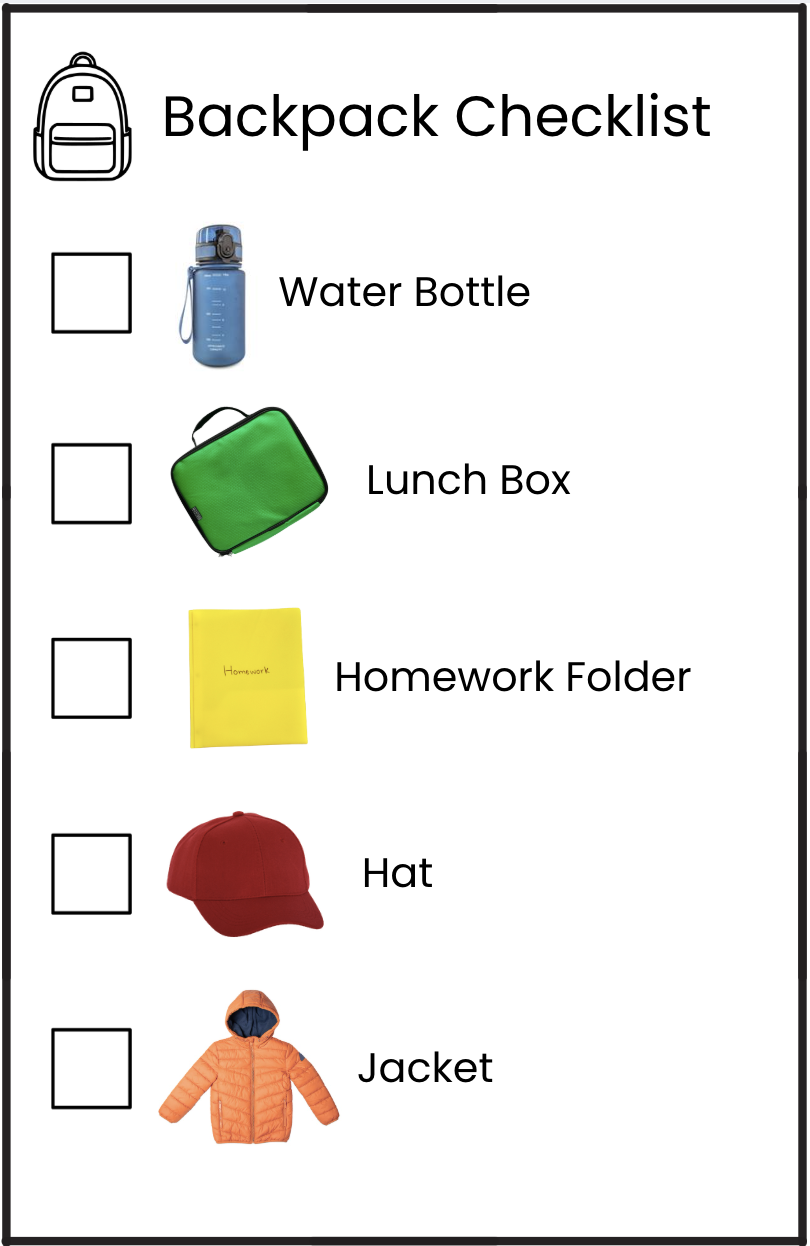Menu
-
-
Shop Holiday Items
-
Shop Gifts By Age
- Gifts For a 0-6 Month Old
- Gifts For A 6-12 Month Old
- Gifts For A One Year Old
- Gifts For A Two Year Old
- Gifts For A Three Year Old
- Gifts For A Four Year Old
- Gifts For A Five Year Old
- Gifts For A Six Year Old
- Gifts For A Seven Year Old
- Gifts For An Eight Year Old
- Gifts For A Nine Year Old
- Gifts For A Ten Year Old
-
Shop Gifts By Budget
- New Arrivals
-
Toys
- Large Active Toys
- Animal Toys
- Arts & Crafts
- Award-Winning Toys
- Bath Toys
- Birthday Wishlists
- Building Toys
- Cars, Trains, & Trucks
- Games
- Instruments
- Loose Parts Play
- Loot Bag Toys
- Made in Canada
- Outdoor Toys
- Pretend Play
- Puzzles
- Sensory And Fidget Toys
- Sensory Bin Tools & Fillers
- STEM Toys & Activities
- Toronto-Themed Gifts
- Travel Toys
- Wooden Toys
- Waiting Room Toys & Furniture
-
Montessori Materials
- Montessori At-Home Program
-
Montessori Furniture
-
Bundles & Sales
-
Books
-
Shop By Age
-
Shop By Brand
- Brands A-F
- Brands G-L
-
Brands M-R
- MagicPlaybook
- Magna Tiles
- Make Believe Ideas
- Makedo
- Manhattan Toys
- Math for Love
- Milaniwood
- MindWare
- Mojo Toys
- Moluk
- Moulin Roty
- Native Northwest
- nic
- Nienhuis
- Ooly
- Opinel
- Ostheimer
- Papoose
- Peaceable Kingdom
- Plan Toys
- Plus-Plus
- Preschool Collection Watches and Timers
- Ravensburger Puzzles
- Real Life Pages
- Brands S-Z
-
- 866-901-4696
- Gift Registry
- Login


The Backpack Checklist - To Help Your Child Remember To Bring Their Stuff Home
3 min read
The start of a new school year can be challenging.
There are SO many changes:
- new skills to learn
- new caregivers and teachers
- new routines
- new classroom
With all that's going on, it's normal and expected for young children to forget their belongings at school sometimes.
And from a teacher's perspective, the end-of-day transition is often the most hectic for children and teachers.
Everyone is tired and teachers have to get 20-30 children out the door all at once.
The good news is that there are things you can do at home to help your child to remember all of their belongings at the end of the day.
Develop The Working Memory
Remembering what to pack or bring home is a skill that takes time to develop and is closely tied to executive functioning skills, specifically working memory.
Working memory is the ability to hold information in your mind long enough to act on it.
For a child, this may look like remembering that the teacher said, “Put your folder in your backpack, then grab your lunchbox,” or checking their cubby and mentally running through what needs to come home.
For younger children, the reality is that up until now, they probably didn’t have to be responsible for their belongings. Someone, i.e. you, was always there to remind them.
It's just important to remember that they need time to develop these habits.
Create a Backpack Visual Checklist
A visual checklist is a great way to remind your child what goes into their backpack in the morning and what should be coming home each afternoon.
You can use the template we made by clicking here.
You can also make your own by taking photos of all the different objects that go into your child’s backpack. DIYing this can be really helpful if your child brings things of high importance to school, like glasses, medication, etc. because you can personalize it specifically to your child.
Once the checklist is done, laminate it so it lasts all year.
Using A Checklist
Once you’ve created the checklist, go over it with your child every day before school.
Make it part of your routine so that it doesn’t feel rushed or stressful for either of you. Repetition helps to develop their memory, so going over it each day will eventually result in them no longer needing the checklist.
At the end of the day, unpack their backpack together, going over the checklist again. If they forgot something, that’s okay.
Frame it positively, as a gentle reminder. Rather than “Don’t forget your water bottle again!” It’s more encouraging to say, “Remember to bring your water bottle home!”
If a child gets the sense that forgetting something is “bad”, this can lead to stress and we have to remember that their memories are still developing.
Activities that Help to Develop Working Memory
Here are some activities that develop working memory:
- Card Games: Games like Go Fish and Crazy 8s all exercise working memory, as children hold cards and rules in mind.
- Scavenger Hunts: “Find three things that are red and bring them back to me.” Click here to view all our free printable scavenger hunts.
- Story Retelling: After reading, ask them to tell you the story back in their own words or act it out.
- Start giving your child multi-step requests: “Please put your shoes by the door, then bring me your water bottle.” Start with two steps and gradually add more.
It’s actually pretty cool when you start to notice a child’s ability to follow multi-step requests.
It means their working memory is... working.
Join Our Montessori Community
Sign up to get weekly activities, free printables, Montessori parenting guidance, and so much more.
Plus, get $10 off your first order of $100+.
Like this article? Get new articles, weekly activities, free printables, Montessori parenting guidance, and so much more.
One mom recently shared:
"Your newsletter is always SO great. It is one of the few I open and read weekly. You provide so much value. Thank you!"



